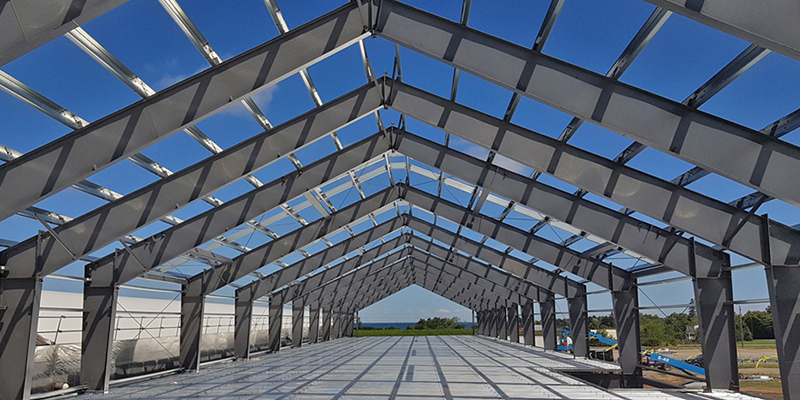Metal framing is a popular way to add structure and support to a building’s exterior walls. The metal frames are typically made of a combination of metal, wood and glass, and can be painted or stained to match the exterior of the building. Metal framing is versatile and can be used in many different applications, from traditional construction projects like homes and businesses to more modern structures like outdoor decks.
There are many benefits to using metal framing building construction. One of the most important is that it is a very strong and durable system. Additionally, metal frames are less likely to warp or rot than wooden frames, which means they can last longer and require less maintenance.

Image Source: Google
The benefits of using metal framing over other wall construction techniques are clear: metal is strong yet lightweight, making it an ideal material for structures that need to withstand wind and weather conditions; and as with all construction materials, metal frames can be modified or upgraded as needed over time.
No matter what your project goals may be, learning about metal framing will give you the knowledge you need to choose the right type of frame for your specific application.
There are basically three types of metal framing: square, rectangular, and triangular. Square metal framing is typically used in exterior walls because it's strong and can resist wind and weather damage.
Rectangular framing is commonly used for interior walls because it's lighter and allows more creative design. Triangular framing is often used in roofs and ceilings because it’s strong yet lightweight.